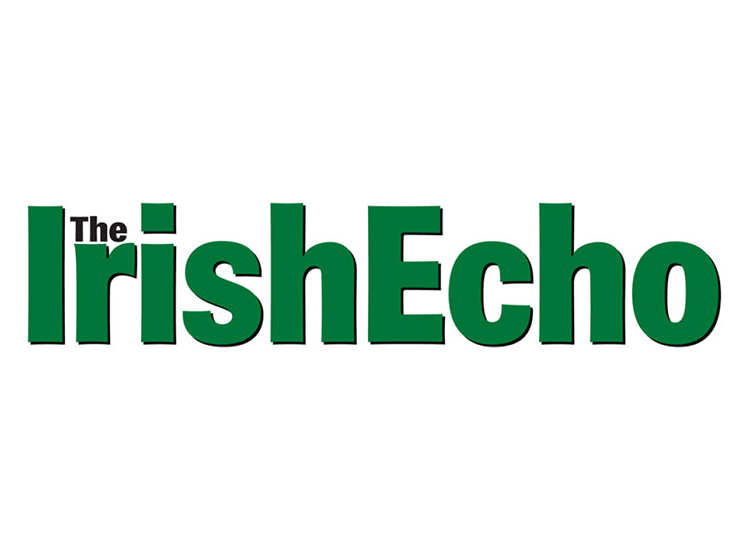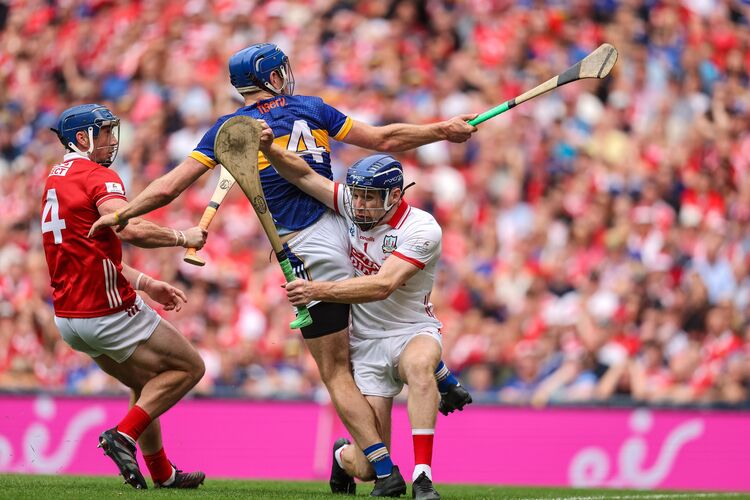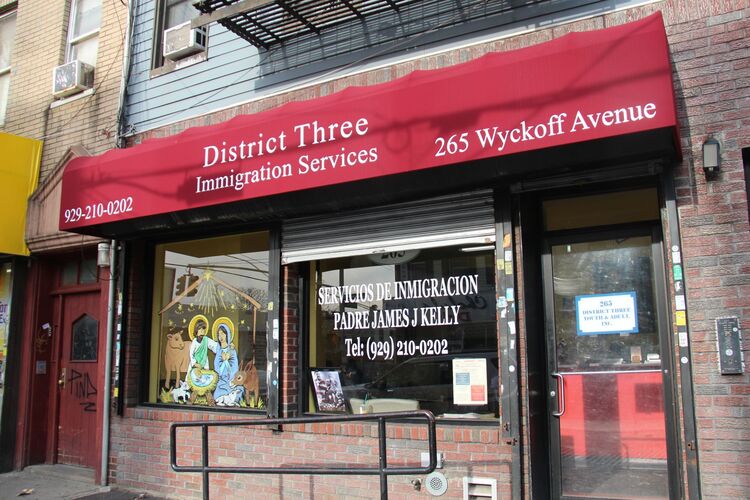Author Frank Connolly. RollingNews.ie photo.
Frank Connolly’s just published book, “Nama Land,” (Gill Books) explores the extraordinary process by which distressed assets resulting from the 2008 crash that were carved up, bundled and disposed of. Connolly, one of Ireland’s leading investigative journalists and authors, here explains the background to a tale that is still unfolding. Available in the U.S. from Amazon and Barnes & Noble online.
When the National Asset Management Agency (NAMA) was established by the Fianna Fáil led government in late 2009, there were warnings from the opposition parties and international critics, including Nobel prize winning economist, Joseph Stiglitz, that it would lead to a massive transfer of public assets to private hands.
The agency was set up to manage and dispose of the distressed loan books of five main Irish banks which were discounted from a par value of €74 billion before the financial collapse to €32 billion.
NAMA recruited people who had previously worked in banking, real estate, property surveying, law and accountancy firms before the 2008 crash and who were to bring their expertise to assist with achieving the highest return to the Irish exchequer.
Encouraged, in early 2011, by the new Fine Gael-Labour Party coalition government and its finance minister, Michael Noonan, the agency pursued the indebted developers who with reckless lenders and blind regulators, had brought the Irish economy to its knees.
It seized both performing and non-performing loans across Ireland and in various other jurisdictions, including the US, Britain and across Europe.
It failed to gain control of very valuable assets controlled by some developers, including Paddy McKillen who argued successfully at the Supreme Court that the agency did not have the right to seize his performing loans, including the valuable Connaught, Claridges and Berkeley hotels in London without some consultation on his business plans but crucially because it had exercised its powers unconstitutionally as it acted before the legislation underpinning its powers was enacted by parliament.
This and other legal, and expensive, set-backs did not, however, deter the agency from pursuing its goal of chasing developers “to the ends of the earth” to recover the debts they owed to the now crippled Irish banks.
Following the transfer of their distressed assets to NAMA, the agency proceeded to sell large bundles of assets and write down the loan book, which by late 2013 had been reduced from over €30 billion to €22 billion, as quickly as possible.
Then the mother of all scandals erupted when it emerged that there was evidence of sustained insider dealing in the sale and purchase of its Northern Ireland loan portfolio with an original par value of more than £4.5 billion.
Although the details only emerged in the public domain, courtesy of the dramatic allegations made by Wexford TD, Mick Wallace, in Dáil Eireann in early July 2015, a sordid tale involving senior politicians, business people and NAMA advisors had been underway from as early as 2010.
In May of that year, the agency announced the establishment of a Northern Ireland Advisory Committee (NIAC), which included among its members the experienced Belfast business consultant, Frank Cushnahan.
From as early as 2010, Cushnahan was scouring the globe seeking investors for the agency’s Northern Ireland loan portfolio, and at one point was promising access to UK passports to interested Chinese investors.
A former associate, Thai based businessman and Tyrone native, Barry Lloyd, has claimed that he was asked by Cushnahan to approach prospective clients in the Far East in late 2010 before he was apparently forced “out of the loop” in late 2012. Among those who expressed interest in the NI loan book was giant Japanese bank, Nomura.
By this time, Cushnahan had come up with a detailed plan with his colleagues, David Watters of accountants RCM Watters, developer, Andrew Creighton, and solicitor Ian Coulter of Tughans in Belfast whereby the portfolio could be sold off to a single buyer.
He and Coulter engaged in discussions with the London office of US law firm Brown Rudnick which in turn approached the giant US investment fund, PIMCO, to work on a potential single and exclusive sale process for the NI loanbook. Cushnahan introduced PIMCO executives to senior members of the power sharing government at Stormont, including former finance minister, Sammy Wilson and first minister, Peter Robinson.
Cushnahan and his group were busy preparing ambitious plans to help NAMA sell the portfolio and to then assist, charging potentially hefty commissions, with the refinancing of the loans of the North’s most indebted developers.
These included prominent supporters of the Democratic Unionist Party.
Cushnahan was also accepting financial contributions from another distressed debtor, John Miskelly, in return for promised assistance. Miskelly advisably made secret recordings of some of his encounters with the NIAC member including on one occasion when a sum of £40,000 was handed to Cushnahan in the car park of Belfast City Hospital, in August 2012. The taped handover was subsequently re-broadcast by the BBC Spotlight programme in one of two damning exclusives during 2016.
As is now well documented following inquiries by the Stormont finance committee in 2015 and the Public Accounts Committee (PAC) inquiry in the Dublin parliament in 2016, Robinson and Wilson lobbied Noonan, John Moran, the secretary general of the Department of Finance, and others in the Dublin administration for their support and in particular for their demand that significant personal guarantees of the distressed borrowers could be waived.
When PIMCO revealed in early 2014 that Cushnahan, Coulter and US firm, Brown Rudnick were due to share a £15 million finder’s fee following a successful sale to which its own legal advisers took exception, it withdrew from the sale process. Brown Rudnick threw its weight behind another bidder, Cerberus, which secured the portfolio, known as Project Eagle for some £1.2 billion (over €1.4 billion) in June 2014.
A forensic “value for money” report by the Comptroller and Auditor General (C&AG) into Project Eagle was published in September 2016 and provoked unprecedented criticism of the State’s official auditor from NAMA and Noonan. The C&AG found that the agency may have lost £190 million (€223 million) as a result of a flawed sales process. The PAC later suggested that the true figure may well have been closer to €800 million.
NAMA-land examines the intricacies of this sale and the subsequent investigations including the consequences for the agency which suffered immense damage from the disclosures of Cushnahan’s role and his subsequent arrest along with the detention of Coulter by the UK National Crime Agency (NCA).
Coulter had placed over £7 million arising from the purchase in an Isle of Man account in late 2014 following the sale to Cerberus. T
Then first minister in the power sharing executive in the North, Peter Robinson, denied he was to benefit from any alleged fixer payments after he was sensationally named by loyalist blogger, Jamie Bryson, in September 2015, as a potential beneficiary of the sale along with Cushnahan, Coulter, Watters and Creighton.
Cushnahan had quietly resigned from his role on the NIAC in late 2013 at the height of the negotiations with PIMCO but far more embarrassing for NAMA was the sudden departure of its head of asset recovery, Ronnie Hanna in November 2014. Hanna, who led the sale negotiations with PIMCO and Cerberus, has also been arrested as part of the ongoing criminal investigation by the UK National Crime Agency into the purchase of Project Eagle.
The book investigates how the saga contributed to the retirement from office and politics of Peter Robinson in late 2015, to the collapse, instigated by deputy first minister, the late Martin McGuinness, of the power sharing administration in early 2017 and to the continuing failure of attempts by the DUP and Sinn Fein to revive the government at Stormont.
The political fall-out from the Project Eagle saga crossed the Atlantic and prompted inquiries by the FBI and the Securities and Exchange Commission (SEC) of the US department of justice, bringing in no less than former US vice-president Dan Quayle and former treasury secretary John Snow under the shadow of its investigations.
Cerberus chairman Snow met Noonan and his officials in late March 2014, just before bidding for the Project Eagle portfolio closed, an encounter which the PAC determined was a “procedurally inappropriate” action by the finance minister. Quayle visited Ireland earlier in that year to meet Robinson and other senior DUP figures for discussions on the sale, a trip which is also under investigation by US authorities.
Namaland explores contacts between Noonan, Moran and senior finance officials with other vulture funds before the disposal by NAMA of huge portfolios which only the largest could afford.
The scale of these asset disposals is mouth-watering and there is no shortage of Irish based asset managers, receivers, real estate firms and other professionals who have made large fortunes as land and properties were flipped, sometimes within months, for far greater sums than NAMA received for them.
A report commissioned by house builder, David Daly, from economist Jim Power in 2017, and based on a limited number of NAMA sales estimated that the agency had lost up to €18 billion in public monies due to the manner in which it disposed of properties to the vultures. NAMA disputed its findings.
Meanwhile, NAMA maintained its pursuit of its plan to write down the loan book in its entirety, possibly two years ahead of its original target of 2020.
A Commission of Investigation was finally conceded by the Irish government in the wake of the publication of the critical and incisive PAC report into Project Eagle earlier this year, an inevitable result of all that came before but for so long resisted by Noonan and his colleagues.
He retired along with Fine Gael leader, Enda Kenny, not long after the Commission chaired by retired high court judge, John Cooke, was finally conceded.







